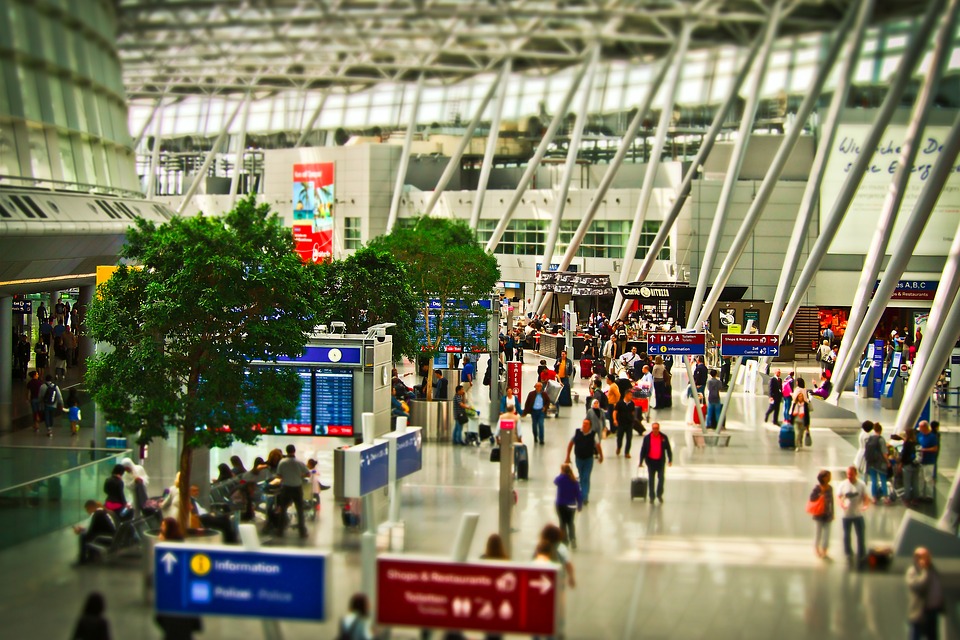This post is also available in:
 עברית (Hebrew)
עברית (Hebrew)
A new airport technology designed to prevent the spread of COVID-19 and other viruses and bacteria is being assessed by the U.S. Transportation Security Administration (TSA). The technology uses Ultraviolet-C (UV-C) light to disinfect airport checkpoint bins. The assessment will occur in two checkpoints at Ronald Reagan Washington National Airport (DCA).
TSA’s Innovation Task Force, which is spearheading the demonstration, is eager to further assess these technologies at the checkpoint to determine the equipment’s ability to reach the required UV-C dosage and reduce the number of pathogens on the checkpoint bins.
The assessment seeks to determine efficacy in creating a more hygienic security checkpoint, while maintaining operational efficiency and balancing space and staff requirements.
How does it work? The standalone conveyor belt systems expose bins directly to UV-C light as the rollers advance them through the system. In the lab environment, TSA conducted efficacy testing using digital and sticker dosimeters placed on the bins to evaluate UV-C dosage, safety and processing times. TSA anticipates that the equipment will have no impact on passenger screening times or the efficiency of the checkpoint screening process, according to internationalairportreview.com.
“When our team evaluates innovative checkpoint solutions, we employ a scientific methodology and fully assess the costs and benefits of each potential technology,” said Melissa Conley, Executive Director for Capability Management and Innovation, who oversees TSA’s Innovation Task Force. “These operational assessments are necessary as we consider any new technology, including those born out of the COVID-19 pandemic, as a permanent solution across our screening operations environment.”


























